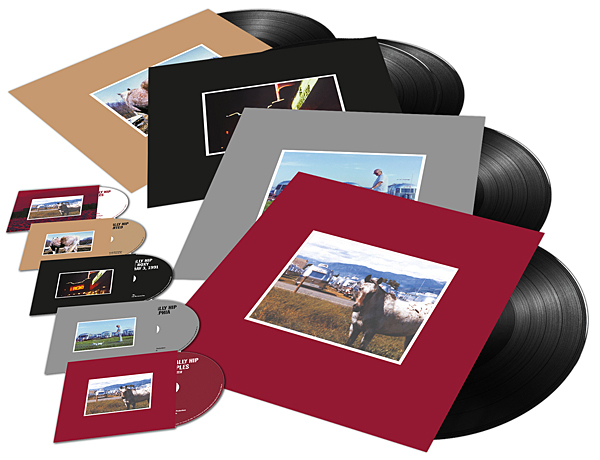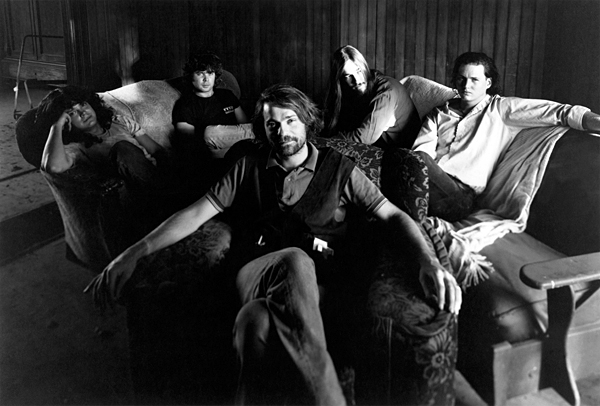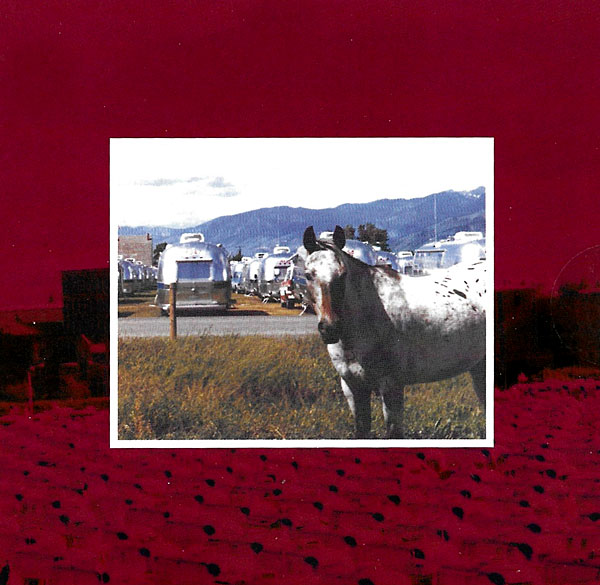Of all the bands to do in hi-res and surround, Tragically Hip? Every garage band I was in as a kid was better than them.
You might as well be remastering the film, "Xanadu" for Blu-ray.
Given the choice of listening to this awful album or getting bashed in the head with a hammer, I'm not sure which I'd prefer.































































